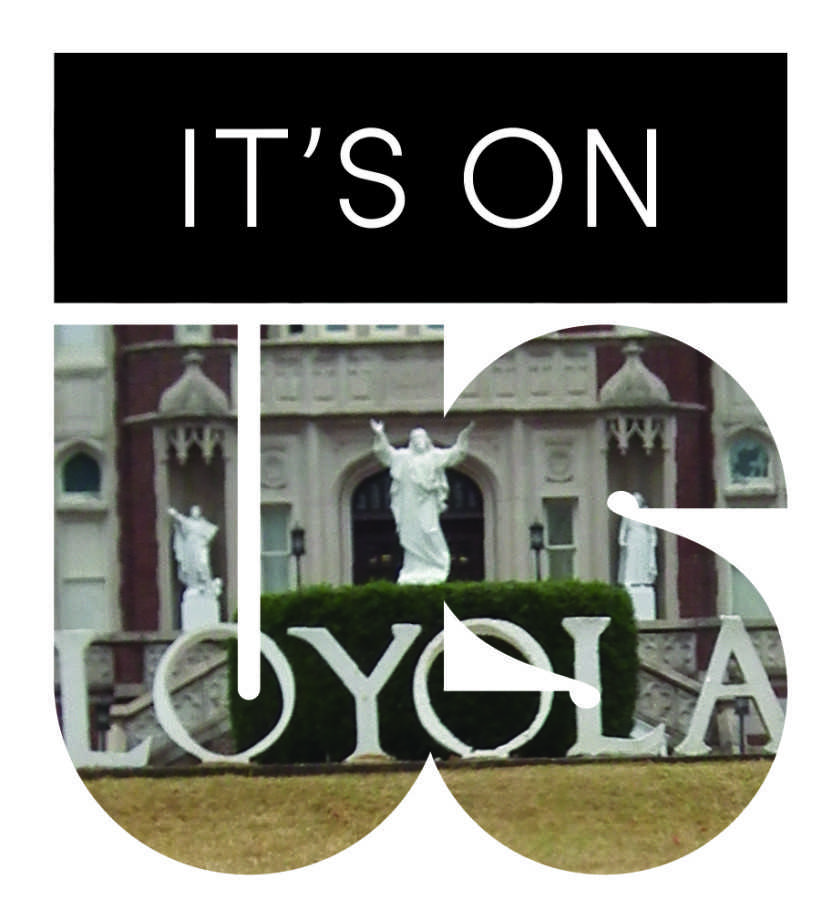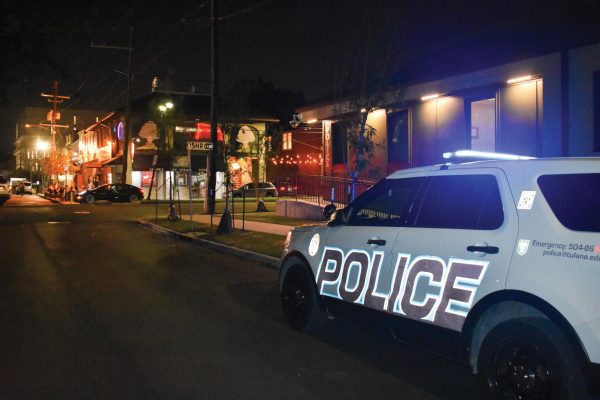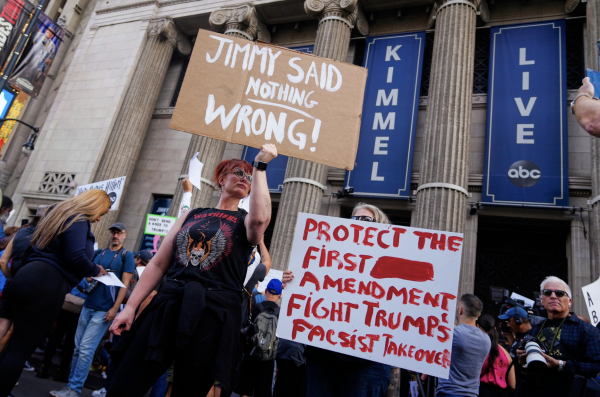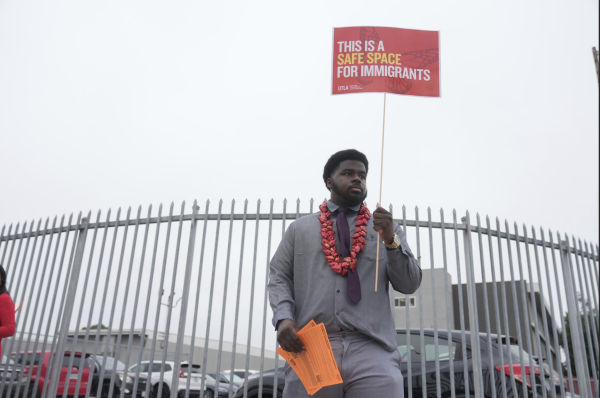Editorial: It’s on us to make a safe campus
The Maroon was recently invited — with other student media from other universities — to participate in a phone conference with the White House over the It’s On Us campaign, an initiative launched by President Obama in September of last year.
It’s On Us serves a primarily educational purpose and isn’t making any attempts to materially combat sexual violence — nor is it pretending to. This was made clear when a student journalist asked the person facilitating the phone conference what the White House was going to be doing to statically reduce rates of sexual assault.
The answer: they’re going to change the culture to be against sexual violence, and that will reduce rates of sexual assault.
So nothing.
It brought up the question of what else we can do to stop sexual assault. The President of the United States is one of the world’s most powerful people. He is in a position to do something meaningful about the issue. If the solution coming from the president’s desk is the same solution that would come from a public relations manager’s desk, the future doesn’t seem too bright.
It’s not bad to educate people about sexual violence, but more can be done. This is the position of several politicians in Washington, D.C. who have proposed the Safe Campus Act. This piece of legislation has its problems, but it signals that legislators are getting to the heart of the issue for college campuses.
That issue is the handling of sexual assault cases by university administrators rather than regular law enforcement.
Internal judicial boards have no competence in handling sexual assault accusations, and it’s not their fault, either.
Universities can’t gather forensic evidence, nor are they able to subpoena witnesses or put them under oath. Universities aren’t legally required to consider material that could be relevant to the case. Neither student in a sexual assault case has the right to legal representation. When someone is found guilty of sexual assault — a felony — the penalties aren’t proportional to the crime.
The Rape, Abuse & Incest National Network (RAINN) has argued this point: “The crime of rape just does not fit the capabilities of such boards. They often offer the worst of both worlds: they lack protections for the accused while often tormenting victims.”
This brings us back to the Safe Campus Act. It requires alleged victims to report sexual assault to law enforcement as a prerequisite to a campus disciplinary hearing. It also forbids colleges from disciplining students for other conduct violations not relevant to the case. It also solves the other problems previously mentioned.
There are several concerns with this law, however.
The first is that it would deter victims from speaking out about the crime committed against them. This is reasonable, and if true, is a damning problem. The reasoning behind this is a fear of the justice system, its complexities and barriers. If a law were to resolve these issues, though, it would be worth pursuing. That’s what the Safe Campus Act is making movements toward.
The second is that it makes the alleged victim less autonomous by effectively requiring them to report to police if they want to see their situation improve. However, if an alleged victim doesn’t want to speak to police, he or she doesn’t have to. This would allow, though, investigators to gather evidence to prosecute the crime in a way universities can’t.
To reduce sexual violence on and off campus, students should educate each other on what sexual violence is. But at some point, we have to move beyond educating our peers and do better in holding them accountable. Students and faculty should support the Safe Campus Act, find and solve its problems, and promote other solutions which fix the myriad problems in our criminal justice system.
The editorial represents the majority opinions of The Maroon’s editorial board and do not necessarily reflect the opinions of Loyola University.

R. Gage is an economics junior and the Managing Editor for Electronic Properties. He was previously a guest columnist and the Opinion and Editorial Editor....











